Understanding darts leg rules is crucial for anyone looking to play or even just spectate this thrilling game. This article will clearly explain the fundamental rules of a darts leg, covering everything from scoring to winning, and providing you with tips and strategies to improve your game. We’ll also delve into common scenarios and situations that can arise during a match.
⚠️ Still Using Pen & Paper (or a Chalkboard)?! ⚠️
Step into the future! The Dart Counter App handles all the scoring, suggests checkouts, and tracks your stats automatically. It's easier than you think!
Try the Smart Dart Counter App FREE!Ready for an upgrade? Click above!
Before we dive into the specifics of how a leg is played, let’s talk about the basic premise: a leg in darts is a single game within a larger match. The first player to reach a pre-determined score, usually 501, wins the leg. This requires a solid understanding of scoring and checkout combinations. A key part of knowing the rules is understanding how a player can ‘bust’ and lose the leg. This often leads to questions around darts leg rules and how they apply to such moments. One of the things that makes the game so exciting is the strategic thinking involved in planning your checkouts.
Many players find using a dart counter app incredibly helpful in tracking scores and understanding game flow. This app helps players adhere to and understand darts leg rules much better, especially for beginners or those used to other scoring systems.
Understanding Darts Leg Rules: Scoring and Gameplay
The objective of a darts leg is simple: reduce your starting score (typically 501) to zero. Players take turns throwing three darts at a time. The score for each dart is determined by the segment it hits on the dartboard. The most common mistake is forgetting the **bullseye** scores 50 (outer) and 25 (inner). Adding these scores to the total from the rest of the board is key to efficient game play. The number of points are scored and accumulated across each turn, until reaching the target number. In any match involving several legs, winning the leg generally means winning that particular game.
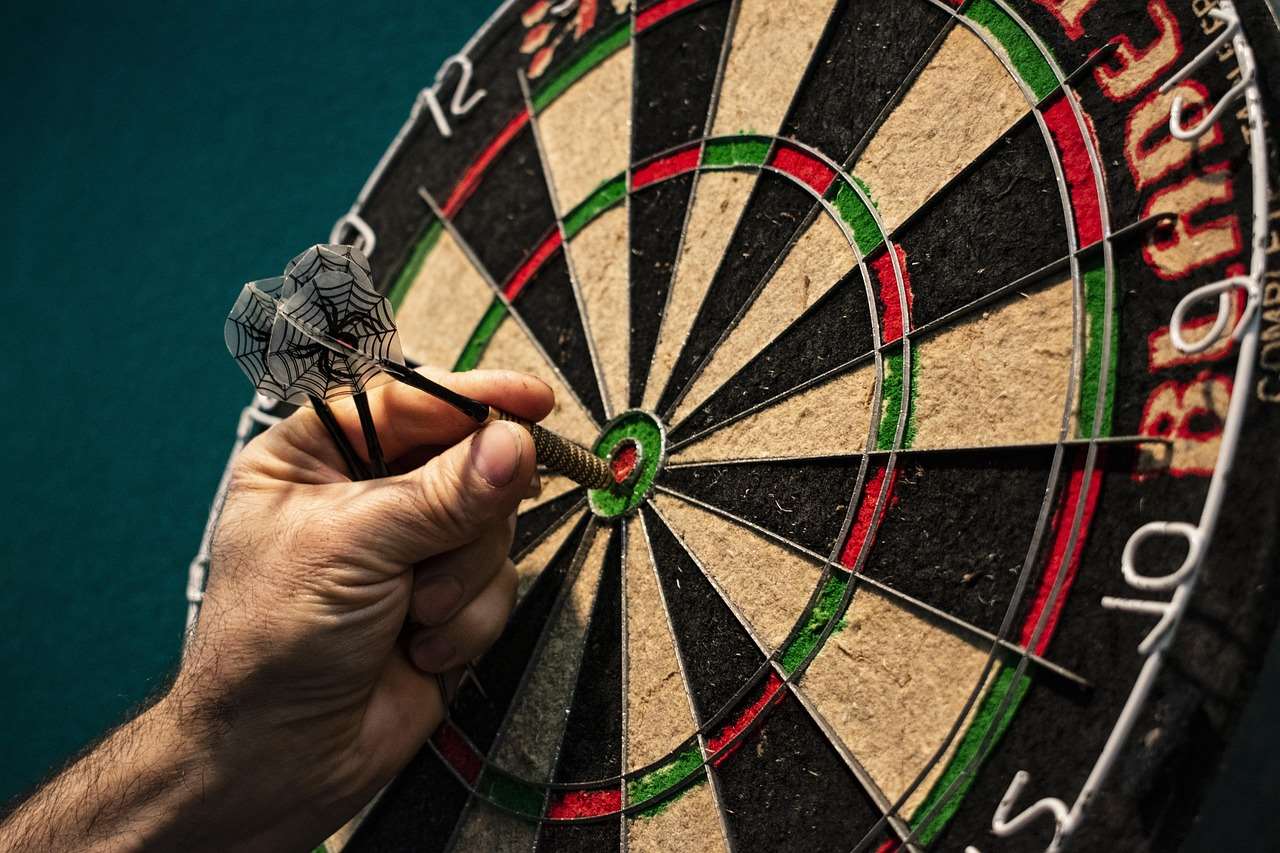
The most important aspect of darts leg rules is the concept of “busting.” If, after your three darts, your score goes below zero, your turn is over, and your score reverts back to what it was *before* you threw those darts. This means you’ll have to start the process of reaching zero with that same number again. Players must focus closely on their throws and calculations to avoid this!
Important Considerations in Darts Leg Rules
- Checkout: The final throw(s) to reach exactly zero. Planning your checkout is vital, especially in high-pressure situations.
- Double Out: Most games require you to finish on a double (a segment in the outer ring of the dartboard). This adds a significant layer of strategy and skill to the game. A player cannot win a leg without hitting a double at the end, unless they reach 0 without hitting a double, then they also win the leg.
- Game Variations: While 501 is the most popular game, other variations exist, such as 301 or 701. The basic darts leg rules remain similar, however, only the initial number differs.
Many professional players utilize various strategies to ensure that they don’t bust. Many will play conservatively, especially at the beginning of a leg, to ensure they don’t risk losing their turn. They may focus on higher scoring areas of the board, but only when they are close enough to not risk overshooting. Knowing how to utilize the dart double array is a key skill to winning more often. These strategic choices, in coordination with understanding darts leg rules, can easily win you matches.
Advanced Darts Leg Rules and Strategies
Understanding the fundamental darts leg rules is just the first step. To truly excel, you need to grasp more advanced concepts like strategic scoring and checkout planning. Let’s explore some key strategies. For instance, there are many ways to set up for a checkout in the final turns, and these scenarios usually vary based on the player’s skill and personal strategy. A good checkout must be considered a must-have when trying to reach the target number, and so the player should be practicing their shots to ensure it is perfected.
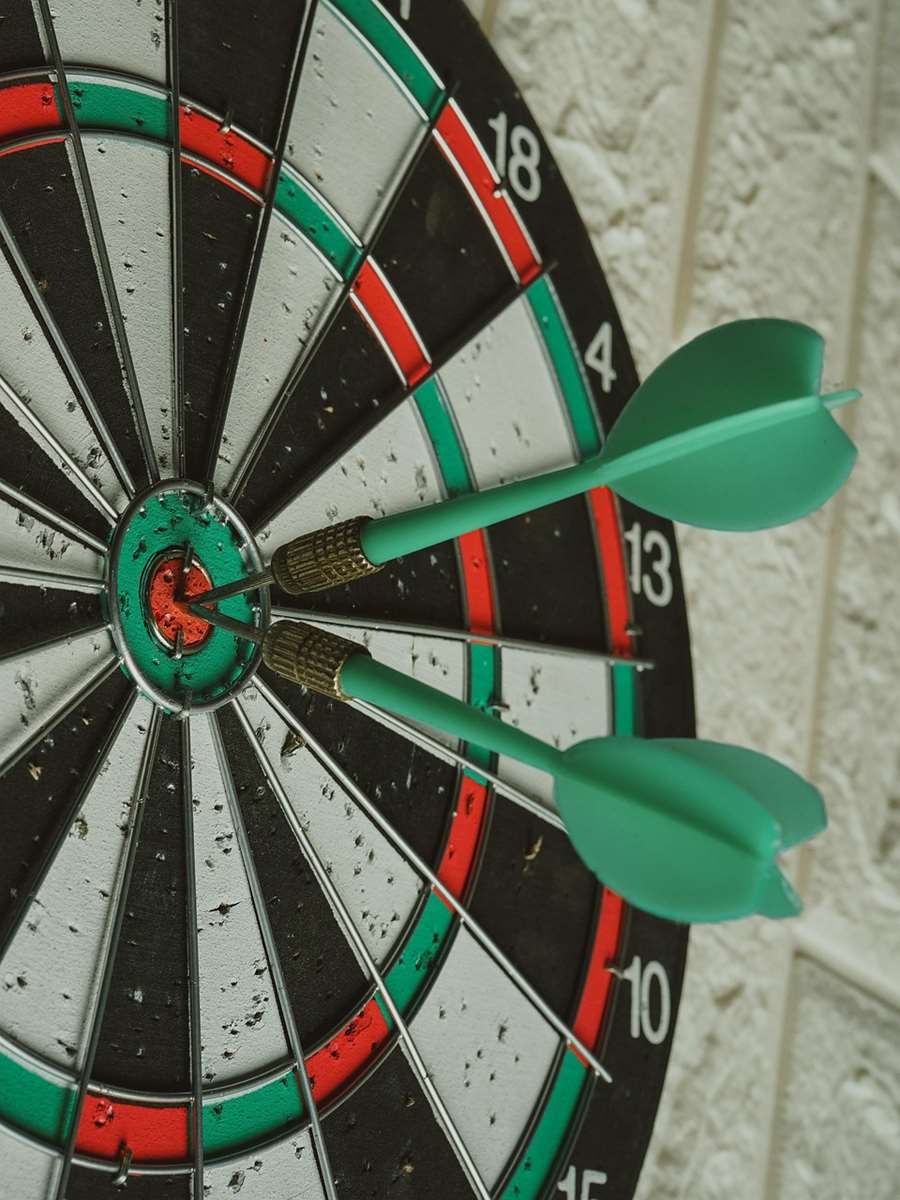
One crucial aspect is learning to manage your score effectively. Don’t just aim for the highest scores every time. Sometimes, a more conservative approach—taking smaller scores to avoid busting—is the better strategy. Remember, a lost turn gives the other player a critical advantage. Many professional players even consult their own dart oche background knowledge when calculating the optimal placement of their throws.
For example, if you have a relatively low score remaining, and you’re playing with friends in a friendly match, you could risk a larger throw or two, especially if you are confident in your skills. There may be circumstances where you do not need to worry so much about busting the game. But if you’re playing a high stakes match, there’s no risk that’s worth taking. Always be mindful of the game’s circumstances and the pressure you are under. As with anything, the more you play, the better you will understand the game’s intricacies.
Checkout Combinations and Practice
Mastering checkout combinations is critical. This involves memorizing numerous ways to reach zero from different starting scores. Practice is key here. Regular practice will help you recognize these possibilities quickly during a match, allowing you to make quicker and more informed decisions. Checkouts can be very difficult, so it’s important to spend a good deal of time perfecting this skill. This will enable you to quickly and accurately score the desired points in critical moments in the game.
You may even consider researching the internet and YouTube to look for better practice drills or tutorials and guides on how to improve your darting skills and checkout mastery. There are endless videos and resources available online to enhance and polish your dart-throwing expertise.
Common Mistakes to Avoid
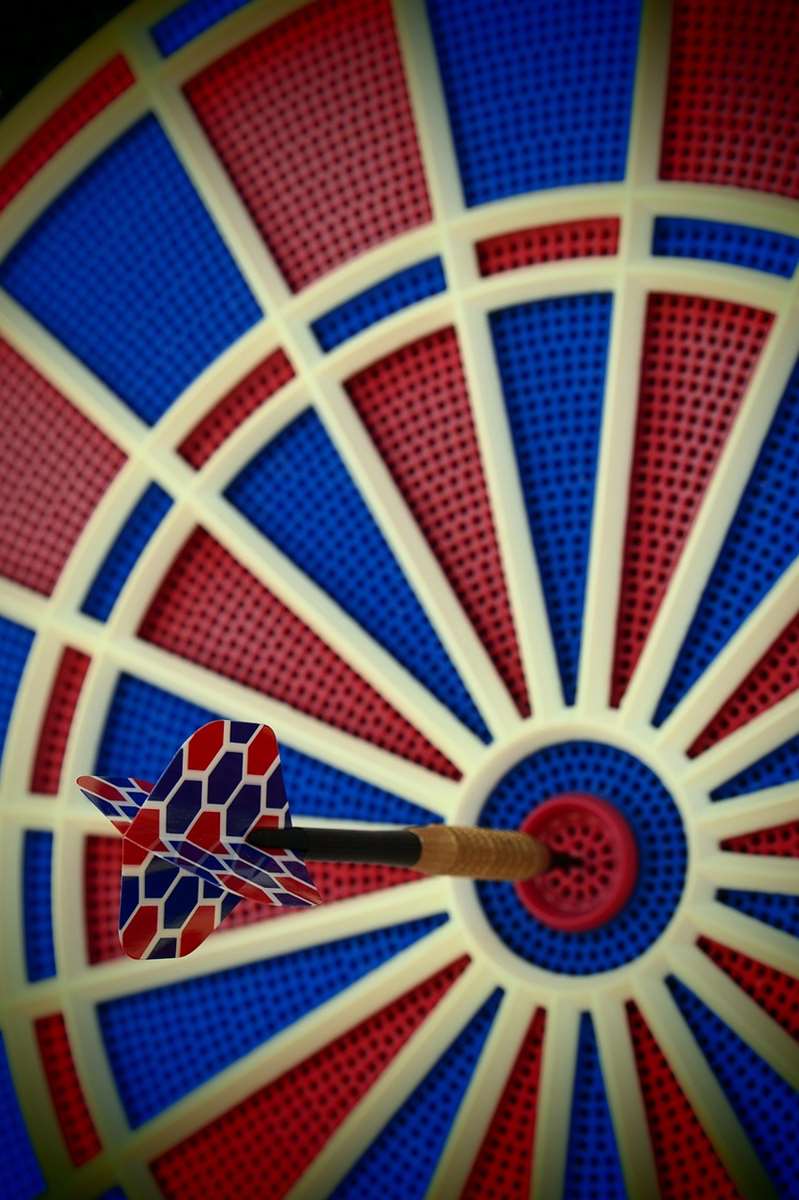
Many players, especially beginners, make common mistakes that cost them games. Understanding and avoiding these mistakes can significantly improve your game.
- Poor Aim and Technique: Consistent practice is essential for improving accuracy. Work on your grip, stance, and throwing motion.
- Not Planning Checkouts: Failing to plan your checkout ahead of time can lead to a loss, especially when under pressure. Remember, you must finish on a double in most games. Mastering your checkouts could be the key to beating your opponents.
- Ignoring the Clock: In timed games, manage your time effectively. Don’t rush your throws but be aware of the time constraint.
- Busting: As mentioned earlier, this is a major cause of losing legs. Focus on safe scoring when the score is relatively close to zero.
A common strategy to reduce the risk of busting is to play conservatively when your score is low. While you might be tempted to aim for the highest-scoring segments for a quick win, choosing safer options and aiming for a double-out can be a more beneficial strategy in the long run. When you are far from the target score, more daring shots and higher-scoring areas of the board are an acceptable risk. Remember, learning to control your risk is an essential aspect of mastering darts leg rules.
Different Game Formats and Darts Leg Rules
While 501 is the most prevalent game, other formats exist. Understanding how the darts leg rules adapt to these variations is important. Many players also utilize their own personalized and adapted rules for their own matches. These are usually for practice and casual sessions with friends.
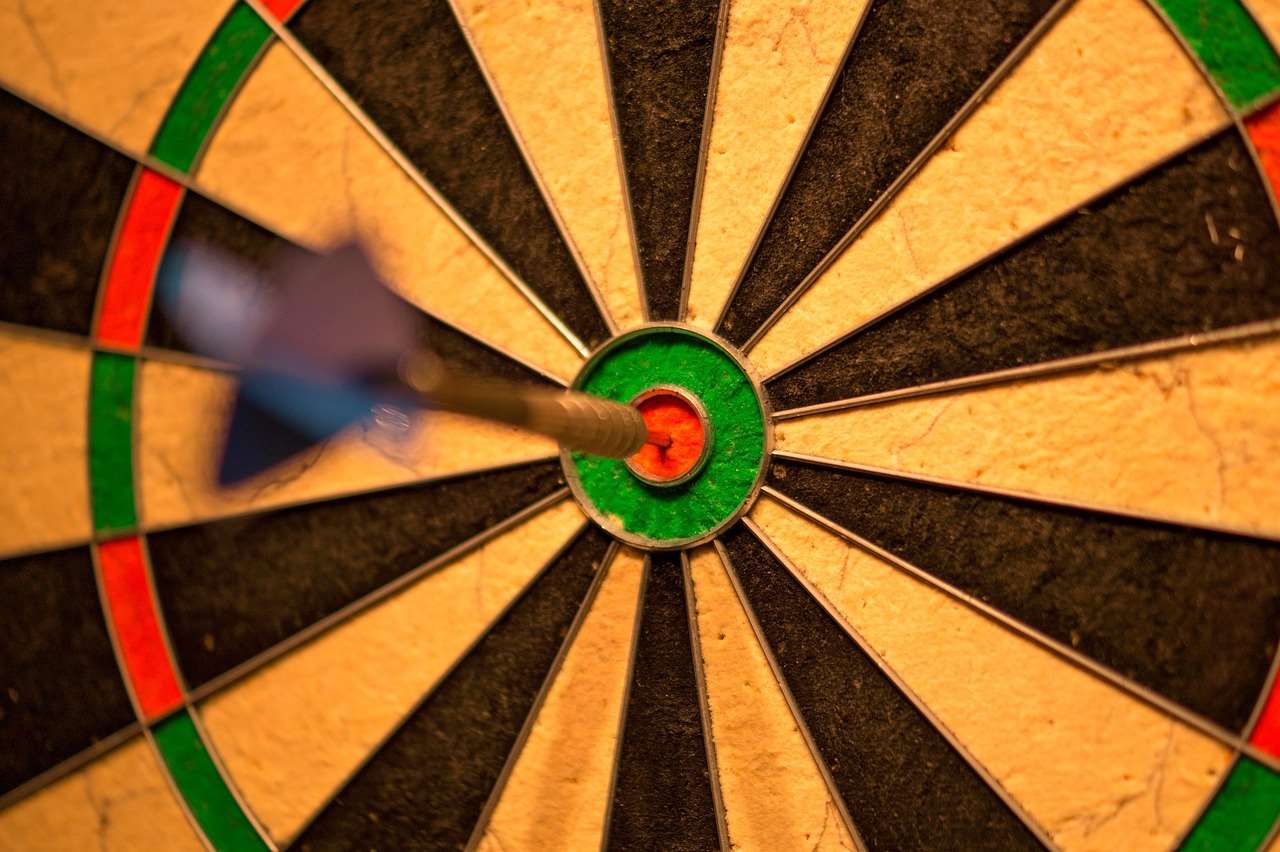
For instance, 301 and 701 follow the same principles as 501, differing only in the starting score. Other formats, such as Cricket, have different scoring mechanisms and winning conditions, requiring players to be adaptable and well-versed in all of the variations.
Understanding the subtle differences between these formats is crucial for success in competitive play. For instance, in Cricket, the strategy differs significantly from a 501 game. It is necessary to be able to adapt to the particular rules of each game you are playing.
Many darts players enjoy playing casual games of darts on poki online as well, though this format may not follow standard official rules. The rules you encounter when playing casually are quite different, and vary between friends.
Improving Your Game and Mastering Darts Leg Rules
Consistent practice is the key to improving your game and mastering darts leg rules. Focus on your technique, practice your checkout combinations, and study different strategies. A good coach will also greatly improve the speed of learning, and will ensure good habits are developed early on.
Consider joining a local darts club or league. This provides opportunities to play against other players, learn from experienced individuals, and gain valuable match experience. It is also incredibly helpful to know the many differences between the various types of darts, such as target darts soft tip.
Analyze your own game. Review your past matches to identify areas where you can improve. What are your strengths and weaknesses? What strategic adjustments can you make to enhance your gameplay? Regular self-reflection and critical analysis are extremely valuable aspects of improving your game.
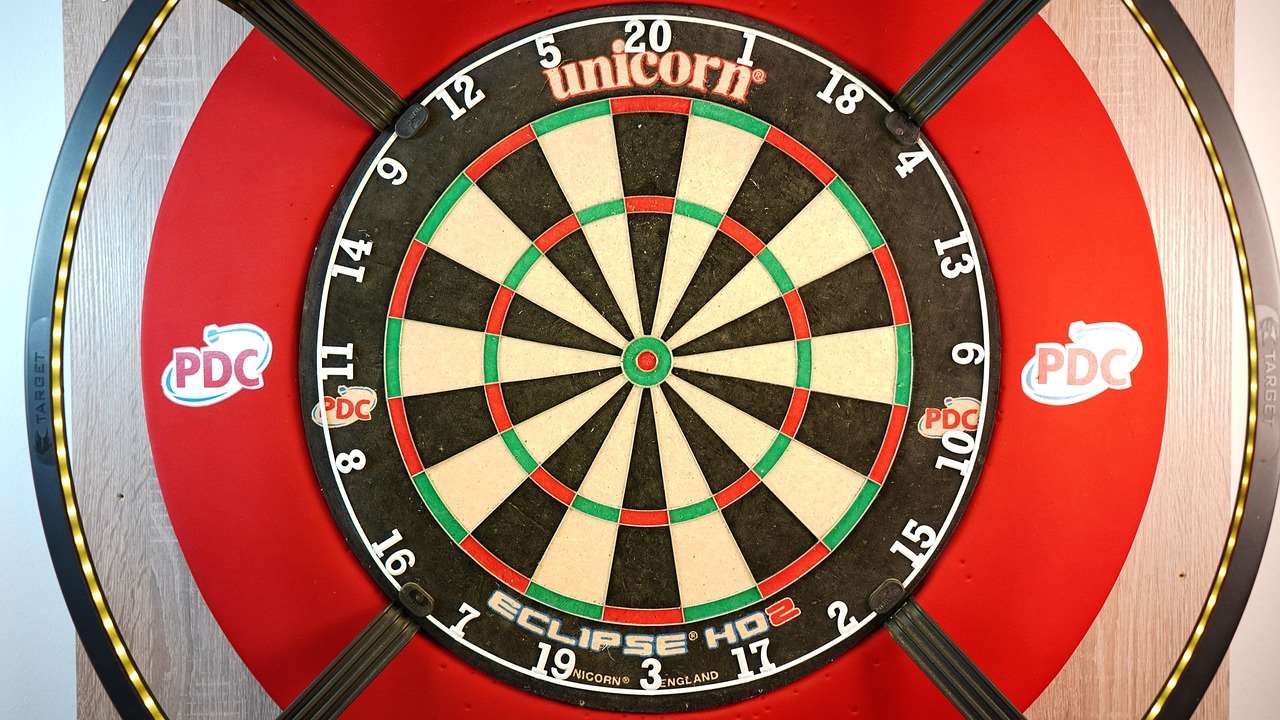
You can also explore online resources and tutorials. Many videos and articles provide valuable insights and tips on improving your technique, scoring, and strategic decision-making. Remember, consistently practicing and seeking ways to enhance your skills are the best way to become more confident in your ability to master the fundamentals and advance to more complicated strategies.
Moreover, understanding the intricacies of the oche virtual darts environment can also help you to develop skills and learn better strategies which you can adapt into your physical game. Whether you are using a virtual or physical dart board, the underlying skills and strategic approach are often quite similar.
Conclusion
Mastering the darts leg rules is essential for any serious player. From understanding scoring and avoiding busts to planning checkouts and adapting to different game formats, there’s much to learn. By practicing consistently, understanding advanced strategies, and avoiding common mistakes, you can significantly improve your game and become a more confident and successful darts player. Remember to practice regularly, analyze your performance, and don’t be afraid to seek advice and guidance from others. Good luck and have fun!
Ready to take your darts game to the next level? Check out our resources on darts masters aberdeen and darts stand van gerwen for further insights and training tips! Also, don’t forget to explore our guides on dart double array, q-school darts, and darts oche background for a more comprehensive understanding of the game.
For more resources, check out Dart Counter App to enhance your game!
And for those interested in building their own setup, explore dart oche selbst bauen and dart board set ebay to find great deals. For casual online fun, try darts on poki or hone your precision with oche virtual darts and target darts soft tip.
Hi, I’m Dieter, and I created Dartcounter (Dartcounterapp.com). My motivation wasn’t being a darts expert – quite the opposite! When I first started playing, I loved the game but found keeping accurate scores and tracking stats difficult and distracting.
I figured I couldn’t be the only one struggling with this. So, I decided to build a solution: an easy-to-use application that everyone, no matter their experience level, could use to manage scoring effortlessly.
My goal for Dartcounter was simple: let the app handle the numbers – the scoring, the averages, the stats, even checkout suggestions – so players could focus purely on their throw and enjoying the game. It began as a way to solve my own beginner’s problem, and I’m thrilled it has grown into a helpful tool for the wider darts community.